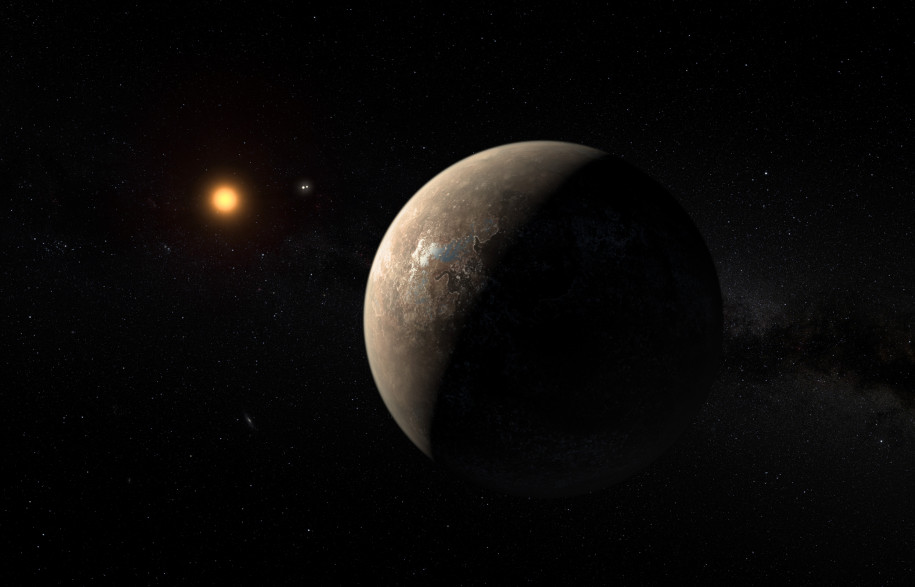Scientists discover new planet that could support human life
Scientists have long confirmed that life in other planets, aside from Earth, is indeed possible, but only if these have water that can sustain human life.
On Wednesday (Thursday in Manila) astrophysicists from European Southern Observatory (ESO) in Germany announced the presence of a newly discovered Earth-like planet orbiting a nearby star.
Dubbed as Proxima B, the rocky celestial was unraveled near the Proxima Centauri, one of the three stars in our solar system and the closest one to earth, a New York Post report said.
Much like Earth, the planet has water and was found orbiting along the star’s “Goldilock’s Zone,” a habitable area where temperatures aren’t so cold that water freezes, like Mars, but is not so hot either that water evaporates, like Venus.
First discovered in 1915, the Alpha Centauri System is part of the Centaurus constellation and is so close to one another that its two stars, Alpha Centauri A and Alpha Centauri B, can actually be seen in the night sky. The former is considered the brightest star visible from Earth, excluding the sun.
Aside from the presence of water, the newly discovered planet’s proximity to the solar system is what makes it more appealing to scientists. Prior to the discovery, the closest known Earth-like planet was Wolf 1061c, which is 14 light years away, while “Proxima B’ is estimated to be around 4 light years away.
Although it would still take 1,000 years or more before our astronauts could travel to it, the planet is still deemed close enough for scientists to study.
“The first hints of a possible planet were spotted back in 2013,” the paper’s lead scientist, Guillem Anglada-Escude, was quoted as saying in the report.
In January, Anglada-Escuade, along with his team, launched the Pale Red Dot campaign, which promoted the efforts in confirming the existence of “Proxima B” to the general public.
The group wrapped up the campaign in April, after combining data with images collected from ESO observatories and telescopes.
“Many exoplanets have been found and many more will be found,” the head researcher told the report. “Searching for the closest potential Earth-analogue and succeeding has been the experience of a lifetime for all of us.”
The full manuscript of their momentous findings will reportedly be published on Aug. 25 (Aug. 26 in Manila). Khristian Ibarrola
